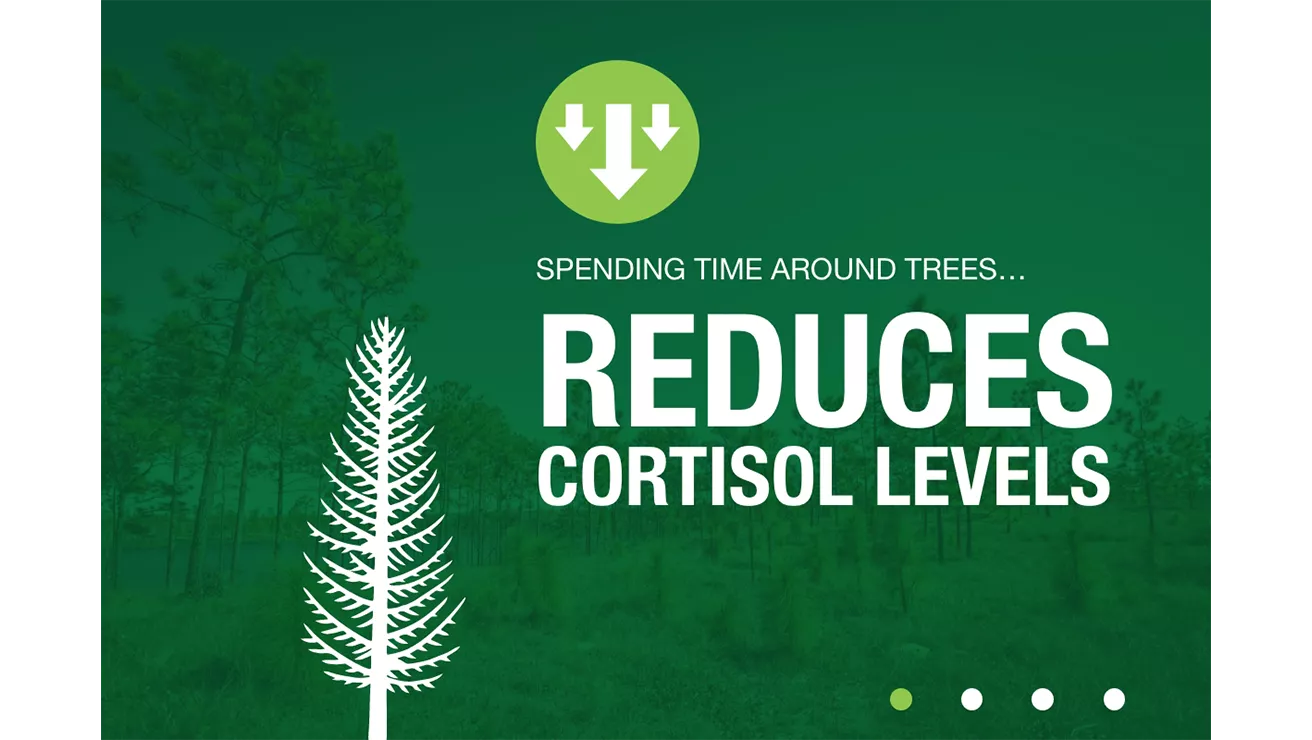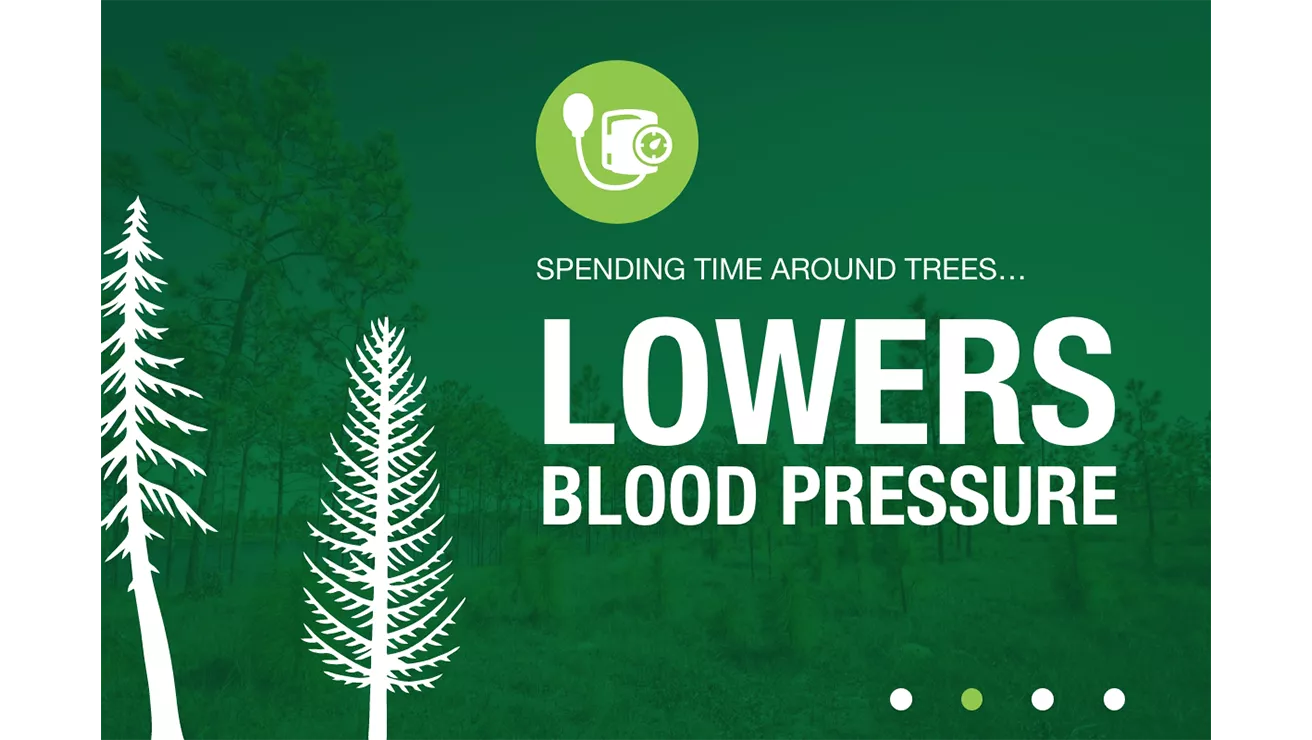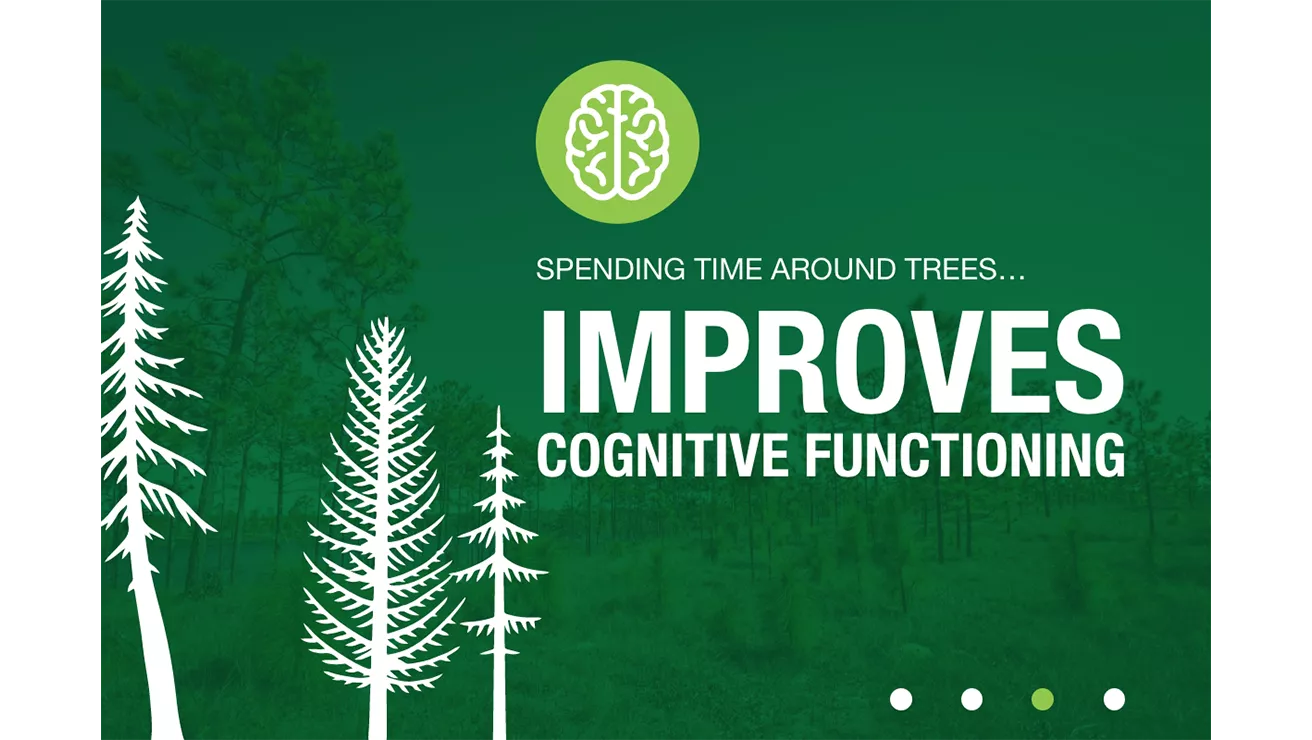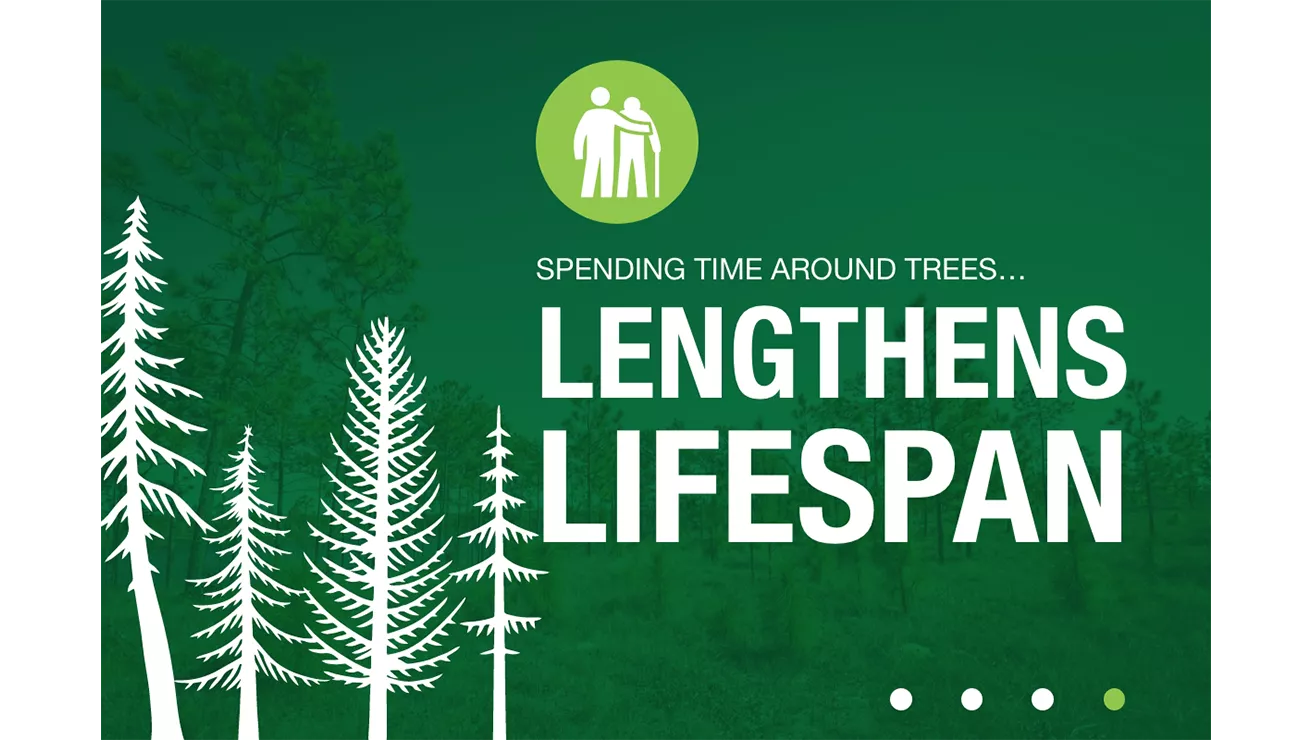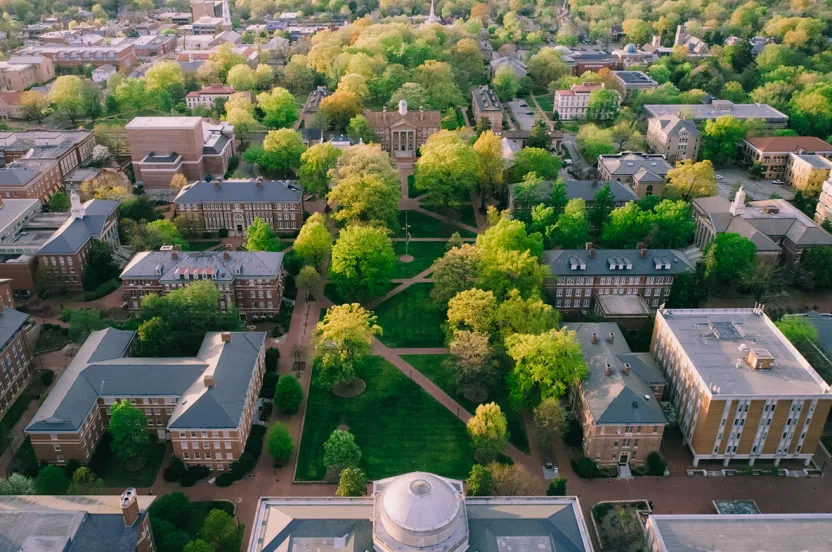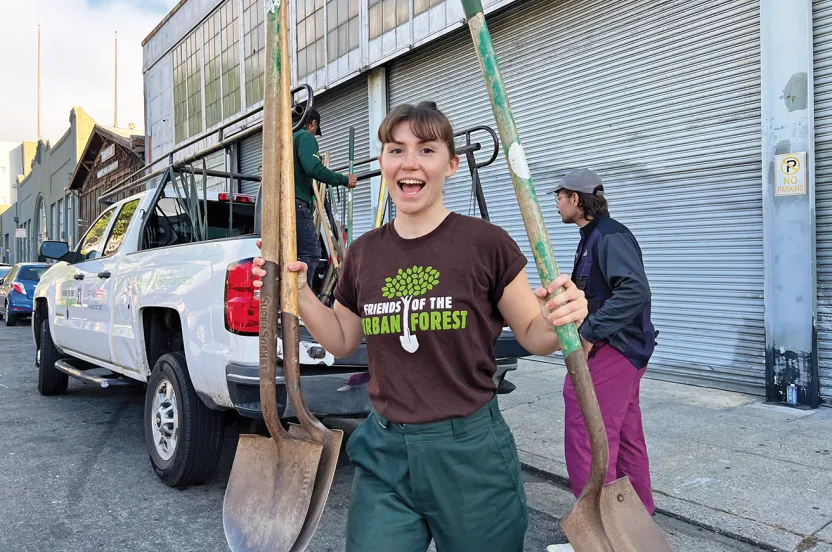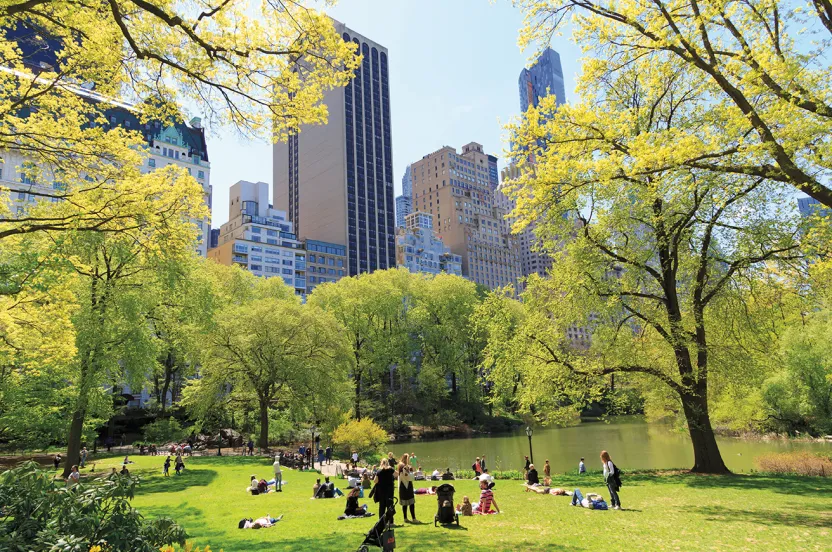Feeling Stressed? Find Your Nearest Tree.
Science confirms it: spending time in green space makes us happier, healthier people.
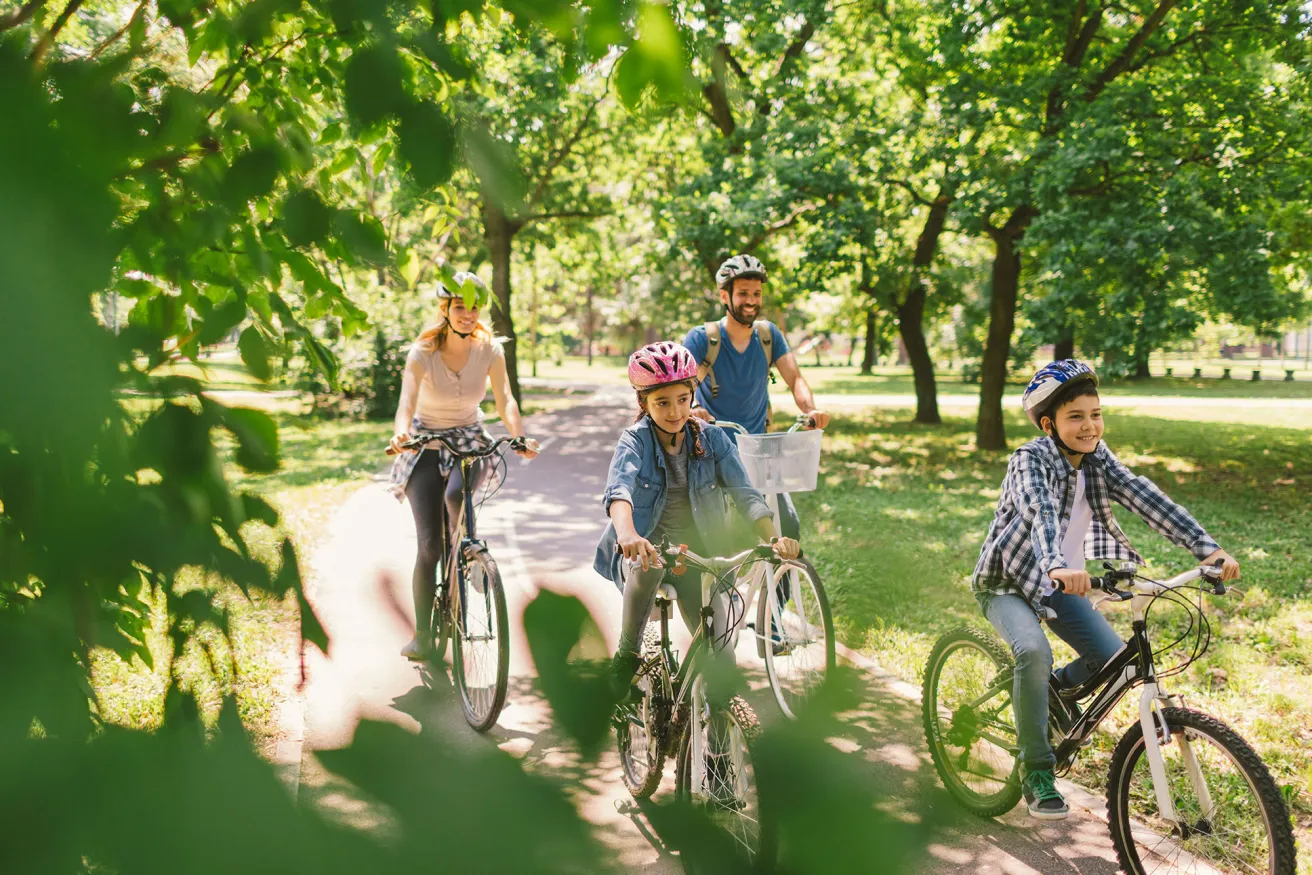
An apple a day keeps the doctor away.
But what’s the prescription for good mental health?
Ask any expert, and you’ll hear a consistent answer: spend time in nature.
Over the years, a growing body of research has proven that regular access to trees makes us happier and healthier. They restore our sense of calm from head to toe — improving memory and attention span, enhancing cognitive functioning, lowering blood pressure, and reducing cortisol levels.
A 'fascinating' correlation
The power of trees, even from a distance, is impressive:
- Living within 100 meters of a tree reduces rates of depression.
- City dwellers with access to adequate green space experience 31% less psychological distress.
- For every 1% increase in green space, urban residents have a corresponding decline in stress levels.
- Children who live near sufficient green space have a lower risk of developing mental health issues in adulthood.
Peter James, associate professor of population medicine and environmental health at Harvard, has studied this connection for nearly a decade. Across his research, he says one thing is clear.
“Even after running these complicated statistical models, we still see an association between nature and a number of health outcomes,” James said. “I’ve studied lots of different exposures, and nature just keeps popping up as good for your health. It's fascinating that it’s such a consistent correlation.”
James explains that most cities don’t significantly invest in green space because they prioritize other, more obvious needs — like sewage — over landscape architecture. He thinks it’s time for that to change — citing a theory known as “biophilia,” which means that humans evolved with nature and must stay in touch with it.
“For so long, we've thought of green space as an amenity or a perk,” James said. “We're trying to reframe it as a fundamental driver of health outcomes, and an essential part of thriving as human beings.”
The Harvard professor is currently conducting research on green space and mental health using smartphones, GPS, and Google Street View mapping. Participants in these studies receive a survey on their phone at a random time in the day, which asks them to rate how they’re feeling. Those answers are marked with a geotag and timestamp, allowing James to see precisely how much green space they were around at the moment they answered.
“We can measure that from minute to minute, and we'll be able to follow these participants forward in time,” he said. “Who knows what other metrics we'll be able to gather down the road? This is just the beginning for these types of data.”
We have the research. Now what?
While trees are just one part of the mental health equation, maintaining and planting more of them is a critical part of the solution.
This investment is particularly important in our cities. More than half of the global population currently lives in urban areas, and that number is projected to grow to 68% by 2050. Urban residents are 20% more likely to experience depression and 21% more likely to have an anxiety disorder. And as climate change progresses, communities without trees are becoming dangerously hot — pushing us further indoors and away from these life-sustaining benefits.
People with a lower income, and people of color, bear the brunt of these effects. An analysis of thousands of communities nationwide showed that 92% of low-income areas are hotter and have less tree cover than their high-income counterparts. And in communities where 90% or more of residents live in poverty, there is 41% less tree canopy.
Trees can be medicine. Connection. A comforting sight in an uncertain world. And the science is clear — the world deserves their healing effects now more than ever.
